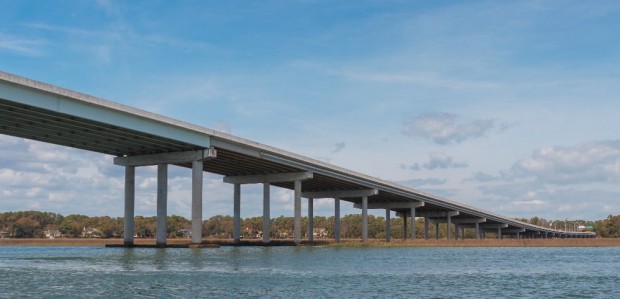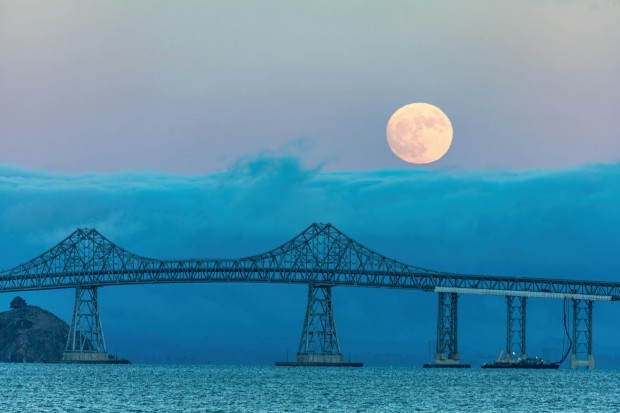Bridges are available in a wide variety of varieties, each of which possesses specific qualities that engineers need to be aware of to ensure the success of their projects.
Having this knowledge is essential to construct bridges that are safe, efficient, long-lasting, and match the requirements and goals of the undertaking.

(Photo : Enerpac/Enerpac )
1. Beam Bridges
When constructing a beam bridge, one or more beams are set out in a horizontal orientation across the span of the region between the abutments. Decking is typically built out of stones or wood planks, and these beams support the decking area.
Pre-stressed construction concrete and metal beams are the primary components of most beam bridges. It is one of the earliest bridges that man constructed, and the reason for this is that it is pretty straightforward. Lumber was laid over rivers and streams to build the first beam bridges.
You will typically discover supplementary beams supporting the primary beams to offer additional stability. Moreover, this kind of structure does not permit the passage of stress and generally has a restricted span even though it is lower in cost and more accessible to construct.

(Photo : Pexels/Robert So)
2. Cantilever Bridges
Cantilever bridges are famous all over the world. Two of the most well-known examples are the Minato Bridge in Japan and the Pont de Québec Bridge in Canada. When it comes to load-bearing capability, cantilever bridges are dependent on cantilevers.
It is a material that can perform its function by transferring the load from the end of the structure that is not supported back to the structure that is supporting it. Also, it can hold structures that dangle over the edge without extra support, such as a bridge deck.

(Photo : Civil Trek/Civil Trek)
3. Truss Bridges
Though there are many configurations for a Truss bridge, the triangular section is the one you have seen most frequently. In addition to being easier to construct off-site, it is more durable than anticipated. Welded and riveted joints bind the entire structure together securely.
You can build these trusses in either a horizontal or vertical orientation, and they can easily take a beating from both compression and tension. The completed deck and building will resist high winds and other severe weather.
Also Read: Shielding Structures: 6 Superior Cement Waterproofing Methods for the Rainy Season
(Photo : Pexels/Pixabay)
4. Cable-Stayed Types of Bridges
The cable-stayed bridge is constructed with deck cables associated with one or more vertical columns, buildings, or towers. Depending on the specific structure, these cables can be linked in either a fan or harp arrangement. Deck support via cables differs from suspension bridge support, which employs vertical cables between the deck and the main support cable.
Accordingly, cable-stayed bridges' most frequently utilized construction materials include steel or concrete towers, post-tensioned masonry box girders, and steel rope.
This design, which has been in use since the 16th century, is still popular for spans more extended than those of cantilever bridges yet shorter than the longest ones with suspensions.
 (Photo : Enerpac/Enerpac)
(Photo : Enerpac/Enerpac)
5. Tied-Arch Bridges
A tied-arch bridge, also known as a bowstring bridge, has characteristics shared by both arched and suspension bridges. Nevertheless, in contrast to a conventional arched bridge, the arch is elevated above the deck and is supported by vertical cables that are affixed to the deck.
The load is supported by this arch, also known as a bow, which combines the tension of its vertical wires and the compression of the arch. This combination helps to maintain the bridge's overall stability.
Related Article: Swiss Rail Operator Faces Backlash After Blowing Up Historic Bridge Without Proper Permits








